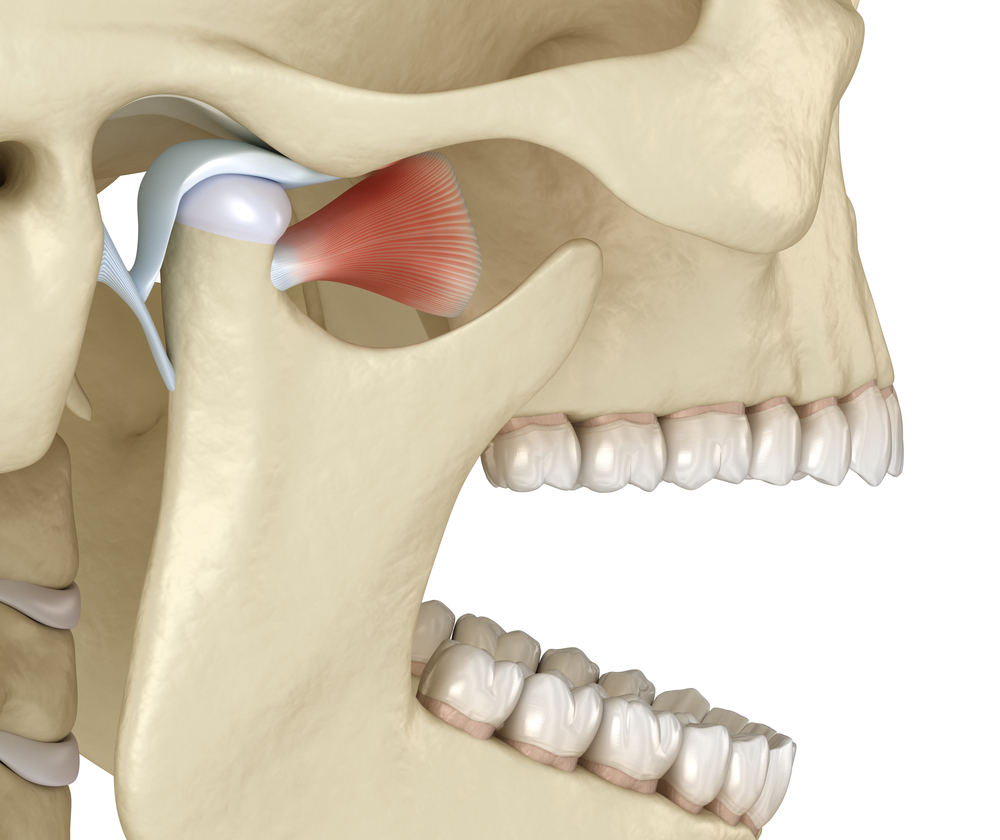In our SEO research, I noticed that many dentists want to write their own blogs, which is fantastic! Today, I’ll share some options for formatting, as well as a blog template. The best blogs are written by people in the trenches sharing firsthand experiences. You can write about patients’ stories, case studies, oral health, and common patient concerns.
I once wrote a blog about gum recession and it received a lot of traffic from people searching for “black triangles between teeth.” When I began writing the article, I didn’t intend to use that phrase, but I was certainly glad that I did.
Keyword phrases like “black triangles between teeth” are called long-tail keywords (for obvious reasons). Oftentimes, you won’t know which long-tail keywords will attract traffic until you review SEO reports, so don’t worry too much about inserting long-tail keywords. Instead, focus on your office’s city, services, and patient symptoms that you treat. The three s’s, as I jokingly call them, will help you identify relevant keywords without having to conduct a bunch of research.
Top 10 Formats for Blogs
The options for formatting a blog are limitless. Here are a few of the most popular formats:
- Stories – tell readers about an experience you had with a patient or case (write more than an anecdote; end with a lesson or point to the story)
- Q& A – pose questions and include expert answers
- Lists – lists like this one you’re reading work well in blogs because they, along with titles, are scannable content
- Product Reviews – you’re the expert, so tell potential patients why you prefer your favorite oral health brands and products
- Benefits of a Service or Treatment
- Contrast and Compare – ie: Invisalign vs Clear Braces, Dentures vs Implants, Ceramic vs Zirconia, etc.
- How It Works or What to Expect – write about the details of services, treatments, technology, materials, and/or oral health science; post-op instructions work well, too
- DIY – the best DIY for dentistry is preventive homecare, which has a world of potential topics
- Inverted Pyramid – this oldie but goodie from high school journalism class still works well; place the most important facts at the top of the article
- AIDA – in order, write content that attracts readers, interests readers, prompts their desire, and then their action (make an appointment)
You Can Write Using This Blog Template
Once you’ve selected a TOPIC and a FORMAT, it’s time to WRITE! This blog template should help you get started:
TITLE – (H1 tag)- use numbers, emotional words, and startling facts for great titles
Keyword – the service, procedure, or topic can be the keyword; use it about 5 times in a 500-word post
Meta Description – this is an approximately 155-character description of your blog post; it needs to include your keyword; I often write the meta description last, after finishing the body content and closing
Image and Alt-image Tag – whether you use a photo you shot or an image from a service like Deposit Photos, the picture needs a brief description as an alt-image tag so that Google will know what the image depicts
Intro Paragraph: should give readers a good idea of what the article is about; include link to website from keyword
Body Formatting: regardless of which format you selected, you’ll need frame your article with subeadings; include the keyword in at least one subheading; I prefer to choose my subheadings before composing body content
H2 – Subtitle
Supporting Paragraph(s)
H2 – Subtitle
Supporting Paragraph(s)
H2 – Subtitle
Supporting Paragraph(s)
Closing – subheading like “Contact Your Henderson Dentist Today” or somesuch; include verbiage inviting the client to make an appointment; place a hyperlink to your site’s contact page on the city name and surrounding words; include your phone number
Optimal Length for a Blog
Though you may think people like shorter blogs, research shows that long blogs are shared more often than short compositions. Google likes at least 500 words of unique content (not pulled from another website) in a blog or on a webpage. However, for search, longer is better. I think the sweet spot is between 1200-2000 words. That’s pretty long, so you might begin with a 500-word blog and then add to it later after you have more experience.
I can tell you, when it comes to dentistry I never run out of things to write about. Granted, I’m a copywriter who loves her job, but you need to know, you can do this! It’s not rocket science. It’s writing. You’ve been writing since childhood.
Now, what if you don’t like to write, need an editor, or don’t have time to write blogs? That’s when my professional services come into play.
Need Help? Call Me!
If you need more than a blog template, like a copywriter to create blogs for your website or an editor to clean up and optimize your drafts, call Identiwrite Creative. For 10 years, we’ve supplied dentists across the United States and other English-speaking countries with top-rate, five-star, well-optimized, original blog posts. Call Riese at 972-679-6885 or email riese@ identiwrite.com for a proposal.



